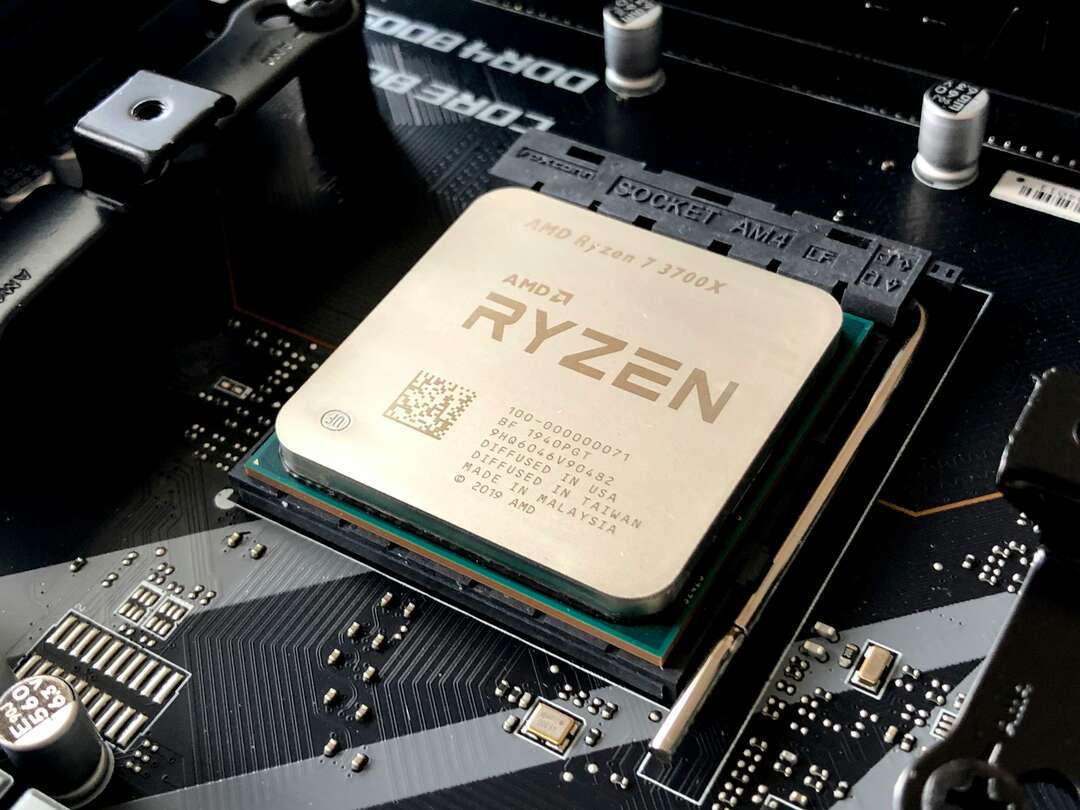Wondering which solution would help a college alleviate network congestion due to collisions?
Don’t worry!
We have got your back and found a perfect solution that would help you reduce network congestion due to collisions in your college.
It is often observed that network connections start jamming and choking in a college or an institute as a result of collisions. This can happen because of a large number of connections and high data consumption.
In this article, we will discuss an accurate method through which we can overcome network congestion that occurs due to collisions.
So, let’s get straight into it.
The Best Solution to Alleviate Network Congestion due to Collisions in a College
You can lessen the issue of network congestion by using a high port density switch. It features micro-segmentation to prevent a device from interrupting another network device for the same Ethernet network bandwidth, ultimately alleviating congestion.
A switch with high port density is capable of bearing a heavy internet load and prevents network congestion due to collisions. It can withstand a significant network workload resulting from more user connections and a high data volume.
How can a High Port Density Switch Help a College Alleviate Network Congestion due to Collisions?
LAN (Local Area Network) switches with their unique features effectively contribute to alleviating network congestion. Ethernet switches are another term for LAN switches. They offer micro-segmentation to divide the network workload into separate collision domains. LAN switches feature a distinct connection for every node in a college’s internet network.
Every port of the switch is a separate collision domain and supplies full bandwidth to the linked device or devices. Above all, LAN switches provide full-duplex communication and connection between the devices.
Full-duplex connections between the devices not only transfer transmitted and received signals but also enhance network efficiency.
Ethernet switches with interconnected ports or collision domains use the MAC addresses table to detect the segment where the frame is to be sent. In this way, a device with the same Ethernet network bandwidth will not have to battle with another network device. Thus, it will overcome the collisions and eventually alleviate network congestion.
High port density switches are quite beneficial for small companies and colleges. They effectively manage limited space and power to provide internet connections and beware of network congestion due to collisions.
Two switches in a college with 24 ports each are capable of supporting almost 46 devices. Two ports (one from each switch) are lost when we connect each switch with the remaining network.
You might also like to read: What are the Characteristics of a Successful Student?
What is Meant by Port Density?
Port density refers to the presence and availability of ports or physical sockets on a switch or a router. Greater the number of sockets, the larger the port density, and vice versa.
Switches having 24 and 48 port densities usually operate at speeds ranging from 1 Mb/s to 10 GB/s. However, some switches used in multinational companies and business enterprises may consist of hundreds of ports.
A switch with 48 ports possesses more port density than a switch having 24 ports. Similarly, a switch consisting of 52 or more ports has a huge port density of more than 24 and 48 ports switch.
A high port density switch diminishes network congestion and provides a network to the connected devices more efficiently.
Other features of a Switch Helping a College Alleviate Network Congestion due to Collisions
Following are some other crucial properties of an Ethernet switch that can assist in alleviating network congestion;
Large Frame Buffers
Switches having large frame buffers are quite beneficial as they perfectly store data that needs to be transmitted. In this way, they also handle the data waiting to be transmitted and prevent it from dropping.
This feature helps store the received frames especially if a switch has congested ports connected to the rest of the network.
Swift Internal Switching
A switch with fast internal forwarding capacities and abilities is more like to output higher performance than an ordinary switch. Resultantly, it also aids in removing the collisions and alleviates network congestion.
Port Speed
The speed and efficiency of the ports also play a vital role in decreasing network congestion by improving the performance of a switch.
The port speed varies depending on the cost of a switch. The speed of ports ranges from 1 Mb/s to 10 GB/s. Even so, a few switches used in huge companies also have a 100 GB/s port speed.
You might also like to read: Why Is My Internet Slow on One Computer?
Lower Cost per Port of a Switch
We get a high-port density switch at a lower cost if we calculate the per-port cost of all ports in a switch.
For example, if we purchase a switch having 48 ports costing $2000 then each port will cost us $41.67. This cost per port is quite lower when we compare it with the per-port cost of a switch with 24 ports available.
FAQs
What is Meant by a LAN Port Switch?
LAN port switches are such switches that separately link each node in the internal network of a company through their ports. They link computers, printers, laptops, routers, and servers to LAN.
Is there any Difference Between an Ethernet Switch and a Network Switch?
We can also term an Ethernet switch as a network switch depending upon its function and performance. It acts as a central place for all the wired devices linked to it such as printers, computers, servers, and laptops.
Differentiate between a switch and a router?
A switch connects various devices to establish a network whereas a router links many switches to form a network.
A router creates a larger network as compared to a switch.
The Takeaway
The question: which solution would help a college alleviate network congestion due to collisions?
After thorough research and deep studies, we have sorted out the best solution that would help a college alleviate network congestion due to collisions. Now you know how we can overcome the network congestion problem in a college by using a high port density switch.
Thereupon, you can use any port density switch consisting of 24, 48, 52, or more ports as per your requirement. It is determined by the number of users and the estimated data traffic in your college.
Some of our Trending Topics:
- Top 7 Best Night Vision Apps For Android
- Where Do You See The Future Of Coding Going?
- How Is The Latest Technology Making Household Chores Easier?




